Silver, a shimmering precious metal, has captivated humanity for millennia. Beyond its use in currency and jewelry, it holds deep connections to mythology, alchemy, and even the gods themselves. Ancient Egyptians believed silver formed the bones of their deities, while its high conductivity makes it vital in modern technology.
But silver also hides incredible stories and secrets within its gleam. Archaeologists continue to unearth fascinating silver artifacts that rewrite history and offer glimpses into forgotten worlds. Let’s delve into ten remarkable secrets discovered within silver.
10. The Silver Pharaoh
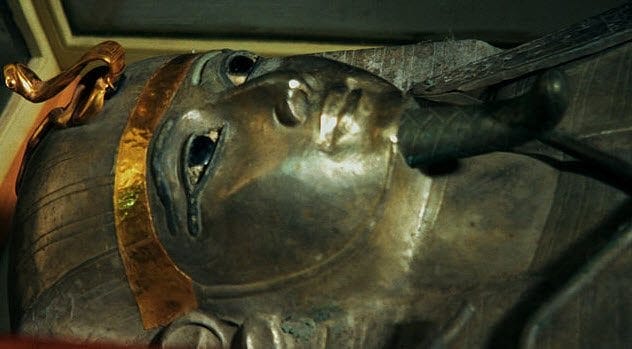
In 1940, archaeologist Pierre Montet made a stunning find: Pharaoh Psusennes I, entombed in a coffin crafted entirely of pure silver. This earned him the nickname “the silver pharaoh.” While Egyptians often associated gold with the gods’ flesh, silver symbolized their bones.
Importantly, silver wasn’t native to Egypt and had to be imported, making it incredibly valuable. Psusennes’s silver coffin revealed immense wealth, challenging previous ideas about the power held by 21st dynasty pharaohs.
His silver resting place was nestled inside a pink granite sarcophagus, itself housed within another granite coffin. Unfortunately, the damp conditions at the Tanis discovery site meant only bones, dust, and his lavish funeral goods remained. Intriguingly, Psusennes reused a sarcophagus originally belonging to Merenptah, the successor to Ramses II.
9. The Birka Ring
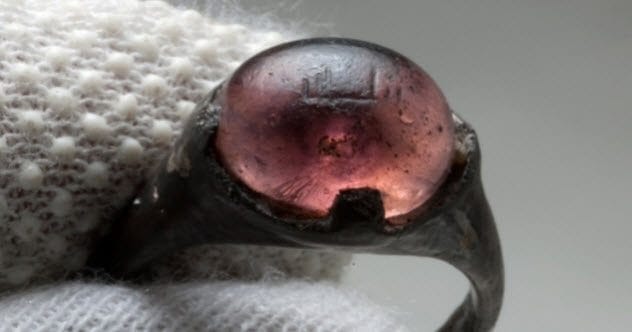
Archaeologists unearthed a remarkable silver ring from the Viking era in Birka, Sweden. Found in a ninth-century woman’s grave, this high-quality silver alloy ring features a Kufic Arabic inscription reading “To Allah” or “For Allah.”
The grave also contained exotic items from distant lands like India and Yemen. Experts suggest the ring might have been a signet used for stamping official documents. This unique discovery points to direct cultural links between ancient Scandinavia and the Islamic world.
Historical accounts, like that of Arabic writer Ahmad ibn Fadlin around 1,000 years ago, mention encounters with Vikings, describing their impressive physique but questioning their hygiene. Discoveries like this ring, and even older Egyptian glass beads found in Denmark, continue to reveal ancient global connections.
8. Captain Kidd’s Lost Treasure
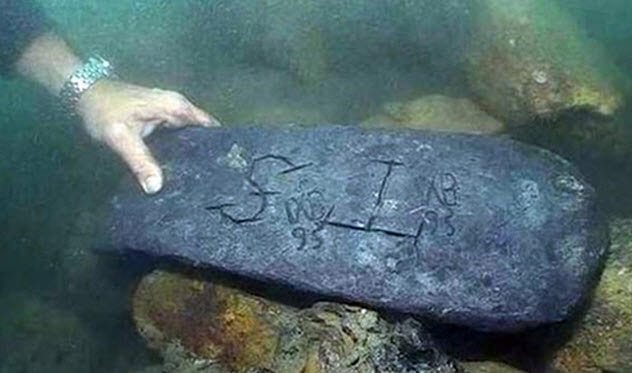
Off the coast of Sainte Marie Island in Madagascar, an archaeological team recently found a hefty 55-kilogram (120 lb) silver bar resting in the shallows. Many believe this artifact belonged to the notorious Scottish pirate, Captain Kidd.
The team leader, Barry Clifford, had previously located wreckage from Kidd’s ship, the Adventure Galley, including items like Ming porcelain and centuries-old rum bottles. He suspects the silver bar is part of this same wreck.
Mysterious engravings, including the letters “T” and “S” and smaller numbers, adorn the bar. Captain Kidd initially served as a privateer before turning to the more lucrative life of piracy. When captured in 1699, the treasure found on his ship was worth millions in today’s money, but much of his legendary hoard remains undiscovered.
7. Gaulcross Hoard
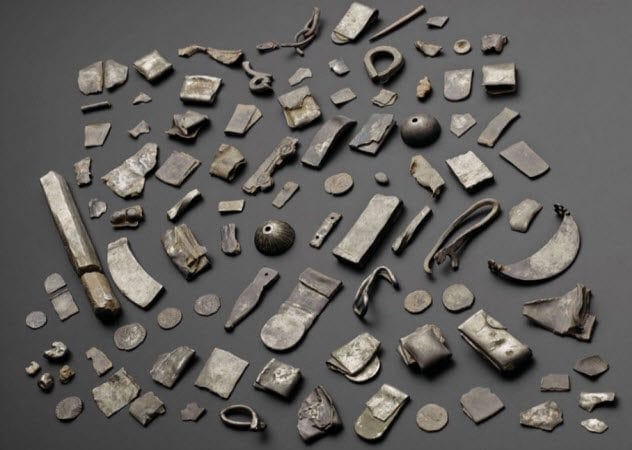
Nearly two centuries ago, workers in Scotland stumbled upon three silver objects in a field. Instead of investigating further, they followed instructions and turned the area into farmland.
Fast forward to 2013, archaeologists returned to the site and uncovered a treasure trove of 100 silver items dating back to the fourth or fifth century. Known as the Gaulcross hoard, it includes Roman-era coins, brooches, and bracelets.
This find was a surprise, revealing high-status objects belonging to the elite of the time. Since silver wasn’t mined locally in Roman-period Scotland, it had to be imported, often melted down and recast. Experts believe the ancient Picts acquired this silver through various means, potentially looting, trade, or even as bribes or payment. The hoard showcases the mix of cultures present in late and post-Roman Britain.
6. Chiprovtsi Silver
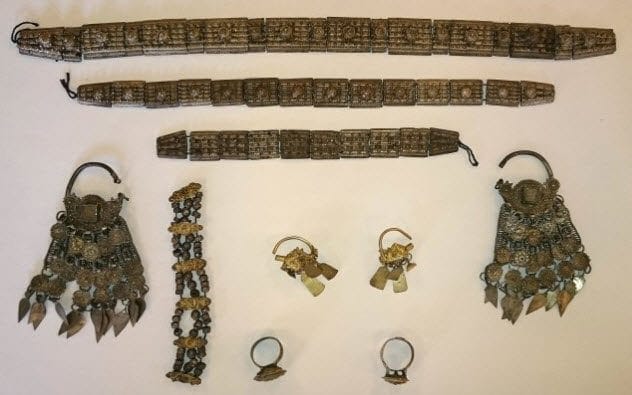
In Montana, Bulgaria, archaeologists discovered a hidden cache of 12 silver items. They believe this treasure was secreted away by Catholics during the tumultuous 17th-century Chiprovtsi Uprising against the Ottoman Empire.
The hoard, likely a family’s fortune, contained pieces like a tiara, forehead ornaments, and rings, all made of silver. Originally buried in a leather pouch, only the silver survived the centuries.
The uprising occurred during the Great Turkish War and ended tragically in 1688 when Ottoman forces suppressed the rebellion. The final battle took place near where the hoard was found. Many inhabitants were killed or enslaved, while others fled across the Danube River.
5. Berthouville Treasure
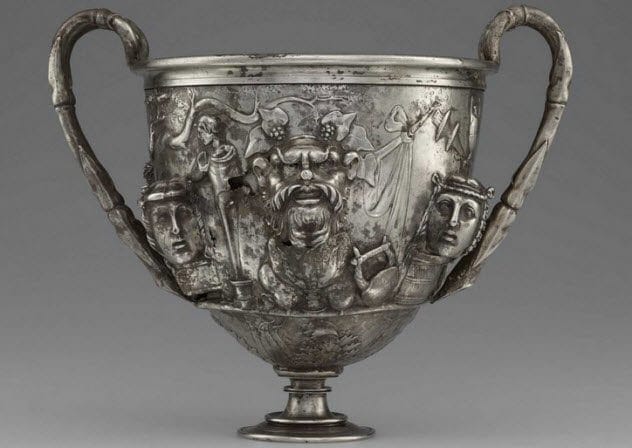
Discovered in Berthouville, France, in 1830, this hoard comprises some of the most exquisite Roman silverwork from the first and second centuries AD. The collection includes 93 items, many practical like bowls and jugs.
However, more impressive pieces stand out, such as an ornate phiale (a ritual drinking vessel) and two statues: a bust of the goddess Maia and a complete statuette of Mercury. Julius Caesar noted Mercury as a principal deity in Gaul.
Inscriptions found on silver cups and wine jugs reveal ownership by an individual named Quintus Domitius Tutus, adding a personal touch to this magnificent treasure.
4. Poland’s Hidden Hoards
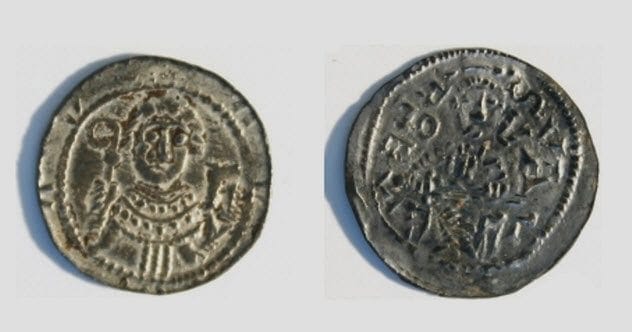
While walking along an old road, a Polish forest ranger made an exciting find: two clay pots filled with over 6,000 silver coins dating from the 16th and 17th centuries. The coins were generally well-preserved, though some were tarnished or stuck together.
The coins spanned roughly a century, from 1516 to 1612. Why they were buried and who owned them remains an intriguing puzzle.
While significant, this isn’t Poland’s largest silver discovery. That title belongs to the 12th-century Glogow hoard, found in 1987. This immense collection boasts over 20,000 silver coins, silver discs, bars, and even a nugget. Sadly, it’s believed thousands of coins were stolen before archaeologists secured the site.
3. The Parthenon’s Million Silver Coins
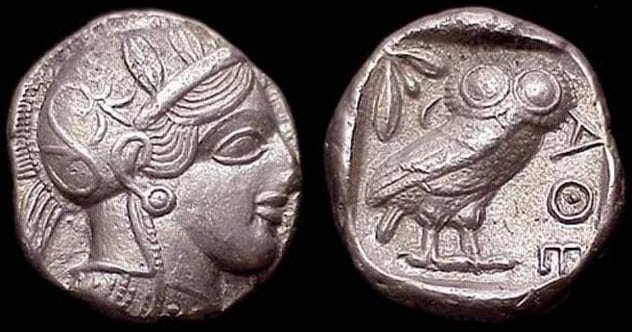
Ancient texts mention that Athenians stored immense wealth atop the Acropolis, but the exact location was never specified. Researchers now propose the Parthenon itself likely served as the vault.
Dedicated to the goddess Athena, the temple was spiritually protected. Stealing from it would have been seen as a direct offense against the goddess, known for her fierce retribution against those who wronged her.
Athens had local silver mines and also amassed silver through tributes paid by other city-states. One Canadian research team theorizes that as many as one million silver coins might have been stored securely within the Parthenon’s attic, representing a substantial portion of the city’s wealth.
2. Serdica Silver
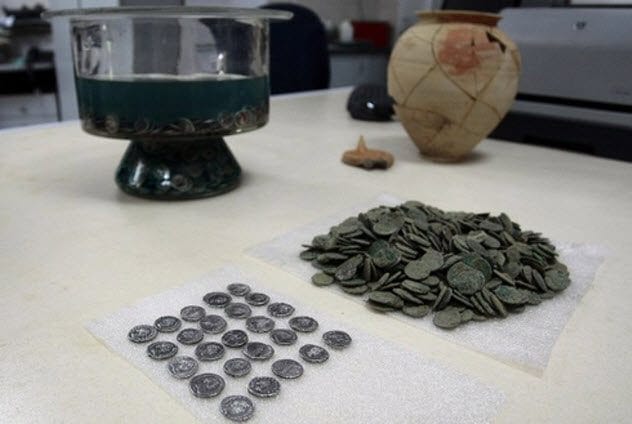
During excavations in Bulgaria, archaeologists uncovered an ancient clay lamp packed with 2,976 Roman silver coins. This hoard spanned about 100 years, featuring depictions of imperial family members from Vespasian’s reign (69–79 AD) up to Emperor Commodus (177–192 AD).
The treasure was found in an archaeological layer dating between the third and fifth centuries. An inscription on the lamp revealed the owner’s name: Selvius Calistus, a Roman citizen with a Greek surname.
These coins were discovered in Serdica, the ancient city that preceded modern Sofia. The area has seen human habitation for 5,000 years, experiencing rule by Thracians, Macedonians, Romans, and suffering destruction by the Huns in 447 AD.
1. Thorikos Ancient Silver Mines
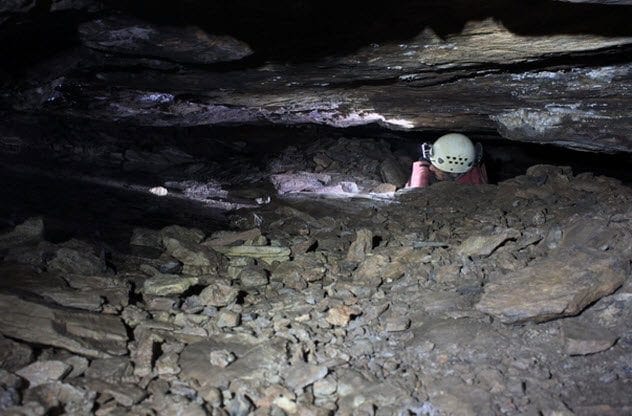
The ancient Greek town of Thorikos concealed a vast network of silver mines beneath it. Archaeological evidence, like pottery and stone tools, suggests mining activity began as early as 3200 BC.
Located near the Thorikos Acropolis, this labyrinth of shafts, chambers, and galleries stretches over 5 kilometers (3 miles). Many passages are incredibly narrow, some only 30 centimeters (12 inches) high. It’s believed enslaved individuals performed the grueling work of extracting silver ore from hard rock in extremely hot conditions.
Historical records suggest the area became less populated after the Peloponnesian War, but silver mining resumed around 300 BC under Athenian dominance. Eventually, the mines were depleted, and Roman general Sulla destroyed Thorikos in 86 BC. Although repopulated during the Roman era, it was ultimately abandoned after Slavic invasions in the sixth century.
Silver’s story is woven deeply into human history, revealing wealth, power, cultural exchange, and conflict. These discoveries offer just a peek into the many secrets this precious metal still holds.
Which of these silver secrets fascinates you the most? Let us know in the comments below!










